Personalized metal...
Tin lunch box metal box printing ink introduction
1. Printing process steps of tin lunch box
The tin lunch box printing is to select metal materials according to the purpose of the printed matter, and perform printing and painting in the following order.
① Coating and baking of internal paint
② Coating and baking of the primer paint on the outside
③Printing on the outside, baking
④ Painting and baking of the outer primer
In the above printing process, the inner surface coating of the tin lunch box and the primer coating on the outer surface of the tin lunch box can be omitted when it is not needed. The outer printing of the tin lunch box usually uses an offset printing rotary machine with the same structure as the iron sheet printing, but because the solvent of the printed body is not penetrated, the overprint of more than 3 colors will have certain difficulties in overlapping printing, so a 2-color machine can be used A set of 2 colors is dried in turn, and printing is performed according to the required number of colors. In the case of a coater for primer coating at the back of the 2-color machine, the method of rotary printing with the primer at the end of the final printing process is adopted.
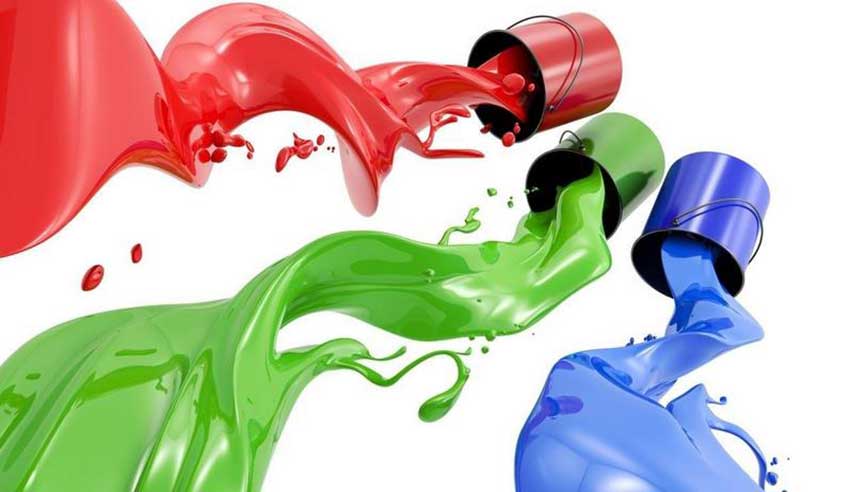
In order to shorten this printing process, a UV curing system that combines UV ink and UV irradiation equipment can be used. A UV-less oven system that replaces the heating oven with a UV irradiation device to shorten the baking time and save oven space. This system is gradually becoming practical in 1-3 color machines. Shown is the UV SET PASS system that uses UV-curable UV ink for printing on the lower layer and bake-curable ink for printing on the upper layer to make multi-color printing possible.
Usually the primer coating of the tin lunch box is carried out after the printing and coating process, but according to the application, when the inner surface needs to be printed, the primer coating process can be added.
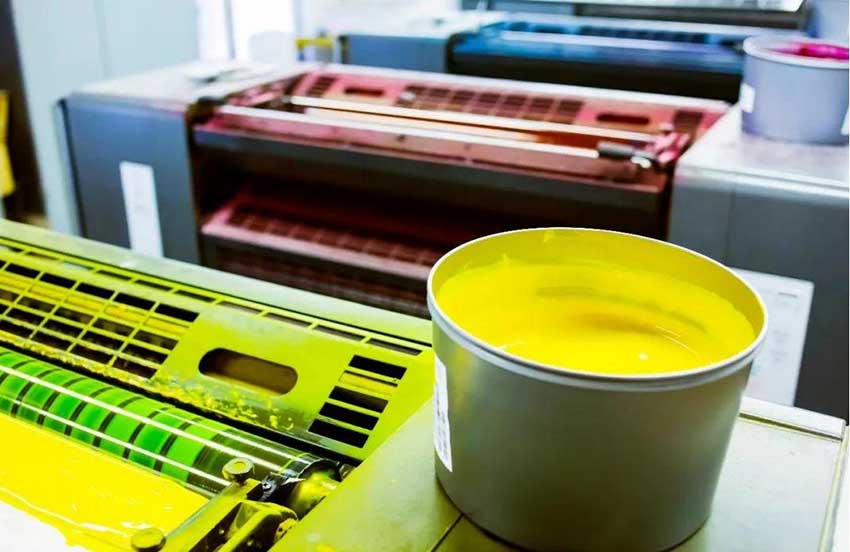
2. Curved surface printing project of tin lunch box
Curved surface printing refers to the method of printing and painting the can body after the tin lunch box is pressed into shape. The popularity of this method is rapidly increasing. The representative production process is roughly as follows:
①→ Press molding
②→ Tempering, ironing
③→ Drying
④→ Wash
⑤→ Painting and baking of primer paint on the outside
⑥→ External printing, primer coating and baking
⑦→ Painting and baking of internal paint
⑧→ Edge processing
When the printing press is running, one blanket corresponds to 4 to 6 plates. After the ink is transferred from the plate in turn, it is transferred to the outer surface of the tin lunch box, and continuous varnishing and rotary printing are performed. In this way, it is impossible to perform overlapping printing for one blanket to transfer full color at a time. The dot control of color overprinting is also very difficult. Although the printing method is offset printing, there is no water supply device, and the plate uses resin relief. Therefore, the dot gain is greater than that of thin-plate printing.
In recent years, with the rapid development of printing presses, the printing speed has reached 1500 cans per minute. For the baking use of ink and outer surface coating, compared with thin plate printing, it can be baked at high temperature for a short time (200 ~ 220 ℃, 60 ~ 120 seconds).
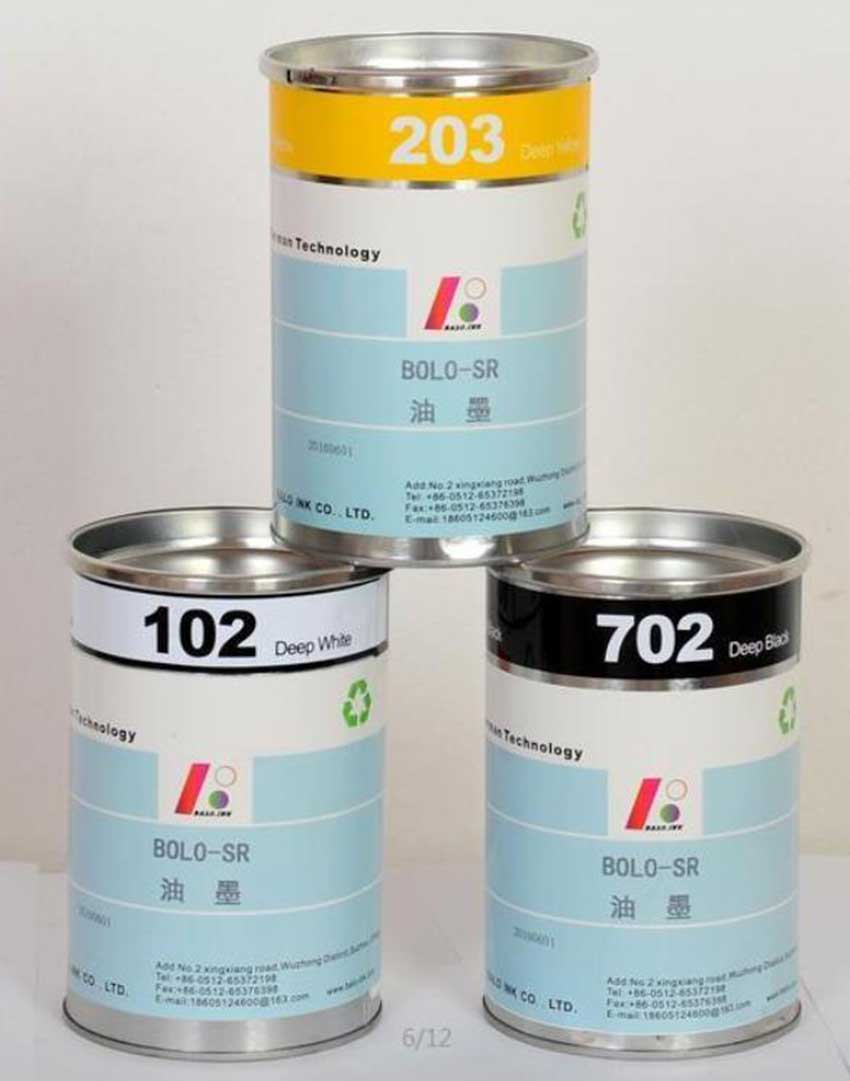
Composition of printing ink for tin lunch box
1. Composition of printing ink for tin lunch box
Metal printing inks are composed of the same pigments, resin oils, solvents, and additives as general plate inks. This composition ratio varies according to the performance settings of the pigments, resin oils, and inks used.
To
2. Printing ink performance setting for tin lunch box
Compared with general flat inks, metallic printing inks have a relatively high viscosity. This is determined by considering the printability and printing effect of non-permeable materials such as metal plates. Generally, several types with different performances are set in order to be able to be used separately according to seasonal temperature changes. On the other hand, considering the transferability of the ink in a high-speed state, the performance setting is set to be slightly softer than general flat ink.
To
3. Printing pigments for tin lunch boxes
The pigments used in tin lunch box printing inks need to consider the printability of the flat ink such as dispersibility and fluidity, as well as the durability of the printed matter such as light resistance, heat resistance, and steam resistance. problem. In addition, for metal printing effects, it is necessary to prepare a variety of products from high transparency to high hiding power.
Among the yellow and orange pigments, lead-based pigments with high hiding power and excellent resistance have been used until the 1970s. However, considering safety and health issues, they are all replaced with organic pigments. Generally, insoluble azo pigments used as yellow-based organic pigments, but there are also many cases where light resistance, heat resistance and other resistance aspects do not meet the requirements. In this case, condensed polycyclic systems are generally used. Advanced pigments.
In red, magenta 6B series is generally used for flat inks, but the requirements for light fastness in iron printing inks are relatively high, and red lake red is used as the overprint color for the hue. For the resistant pigments with hues ranging from red to red and peony, condensed polycyclic raw materials are generally used, and newly developed DPP pigments are also used according to the application. Phthalocyanine blue used for blue, carbon black used for black, and titanium white used for white all have excellent resistance and can be used according to the required application.

4. Resin, solvent and auxiliary agent printed on tin lunch box
The lithographic inks are mainly based on rosin-modified phenolic resins, while the iron printing inks use alkyd resins in consideration of printability and coating properties. The main components of these vegetable oils are linseed oil, soybean oil, dehydrated castor oil, coconut oil and its fatty acids.
The main components of polyvalent alcohols are ethylene glycol, glycerol, trimethylolpropane, pentaerythritol, etc., and polyvalent acids mainly include anhydrous phthalic acid, isophthalic acid, maleic acid, trimellitic acid, etc. , Synthesize with vegetable oil.
The vegetable oils used in tin lunch box printing inks are mainly drying oils, which have shown an effective effect in maintaining printability such as affinity for pigments and water resistance (water resistance). In addition, this type of oil itself is a component that is combined with oxygen in the air and hardened by heating. The type and length of dry oil have a great influence on various suitability. Considering the problem of yellowing, Baimo is mainly composed of dehydrated castor oil.
In addition, when the lithography suitability of overprinting ink is required, a small amount of polar groups must be contained in the resin. Therefore, the excess hydroxyl group ratio must be controlled below 10%, and the acid value must also be controlled to a low level. The solvent used in this resin combination is an aliphatic and aromatic petroleum solvent with a boiling point of 260-300 ℃.
Commonly used auxiliary agents include desiccants to promote resin hardening, drying inhibitors to prevent skin formation on the ink surface, and synthetic waxes to improve the smoothness of the hardened coating film. Commonly used desiccants include fatty acid salts of metals such as cobalt and manganese. Yellowing will occur with the increase in the amount of desiccant added. In white inks where yellowing is easier to see, the amount of addition needs to be kept within the minimum range. Mixed wax is a polyethylene wax separated from dry oil and petroleum-based solvents. However, depending on the composition and addition amount, poor adhesion and aggregation may occur during printing, so it needs to be checked repeatedly when using it.
On the other hand, although alkyd resin is basically the main component, it also considers the transferability to high-speed printing and the resistance to ink flying as the constituent point of the resin. Therefore, resins with shorter oil lengths are mixed with aliphatic and aromatic petroleum-based solvents. Because there is no process of only ink hardening, auxiliary agents such as desiccant and synthetic wax are basically not used.
The water-based paint system, which has been gradually introduced recently, has set up special inks for coatings. In this case, in order to improve the affinity with water, instead of using short oil and long alkyd resins with more polar groups, oil-free polyesters are used, and amino resins are used as needed.
In addition to petroleum-based solvents, the solubility of the compounding resin can be alcohols, lipids, and glycols with a boiling point of 260-300 ℃. Such solvents generally do not need to use hardeners, but according to the baking conditions, acid catalysts can be used when the hardness of the coating film is insufficient.
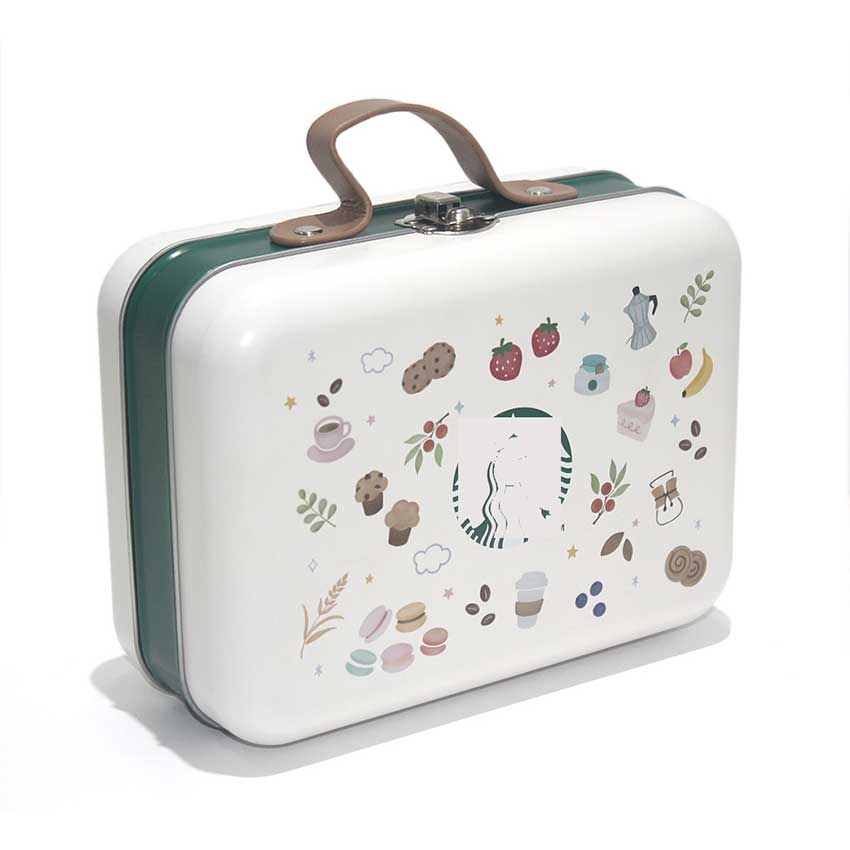
5. UV hardening ink printed on tin lunch box
In the field of metal printing, from the viewpoints of multi-color brushing to improve printing efficiency, saving space, and environmental countermeasures, basic hardening UV inks were used at an early stage. As a problem caused by the characteristics of UV-curable inks, there is insufficient adhesion of metal straight brushing and tempering due to volume shrinkage during curing, which restricts its use to a certain extent. However, it needs to have a certain degree as an iron printing ink. The processing suitability of beverage cans and compression molding can also be used on general cans when necessary.
Among the constituent materials of UV curable inks, the pigments basically use baking curable inks as the standard. However, depending on the type of pigment, there will be problems that promote the darkening of the surface treatment agent and affect the stability over time. In such a situation, different surface treatment agents need to be selected for pigments of the same structure.
The components of the vehicle for UV curable inks are composed of prepolymers (oligomers) and monomers. In the past, most prepolymers were esterified with acrylic and epoxy resins, polyester resins, and glycine resins, and the prepolymers themselves had bridging functional groups. Recently, in order to improve printability and adhesion, processing For the coating film suitability necessary for metal printing such as high molecular weight epoxy resin and polyester resin, the method of dissolving reactive monomers without bridging functional groups is often used. In addition, in order to introduce the process of thermal curing of the primer after printing, it is sometimes used in combination with a thermosetting resin component. The monomer used in combination with such a resin must be selected in consideration of safety and hygiene issues such as the physical properties of the coating film and skin irritation rather than the solubility of the resin.

UV-curable inks adopt several methods of combining photopolymerization initiators according to the various absorption wavelengths of 254, 313, and 365nm held by the peak emission wavelength of the UV lamp. Frequently, aliphatic amines, combinations of aromatic amines and aromatic carboxyl groups are used. The white ink has a tendency to turn yellow in the absorption area of the long-wavelength measurement, so be careful when choosing it.
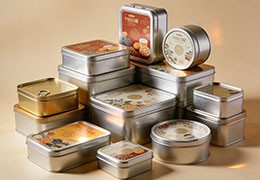
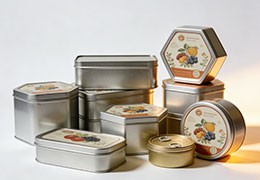
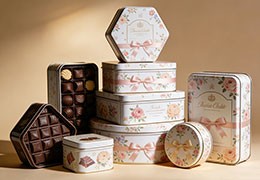
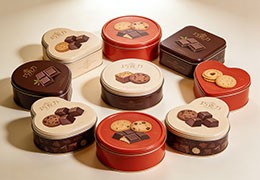
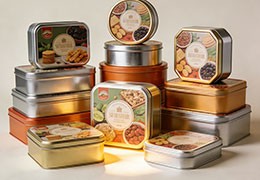
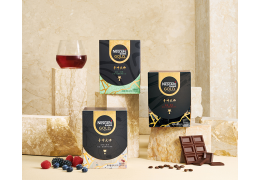
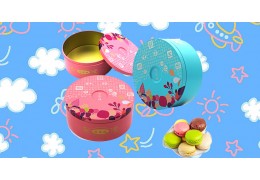
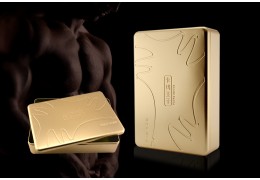

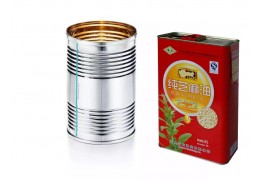

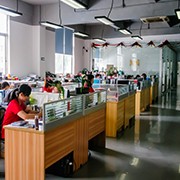



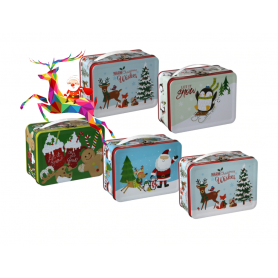
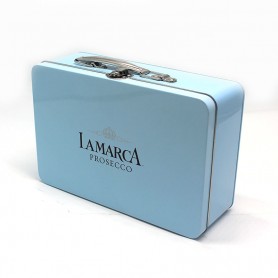

Latest comments